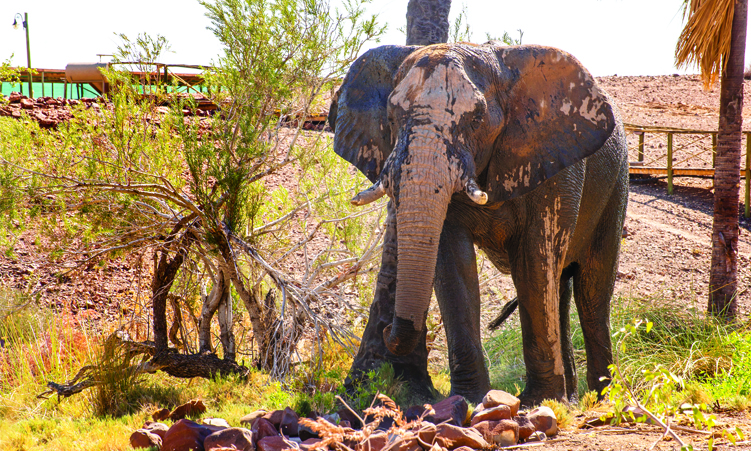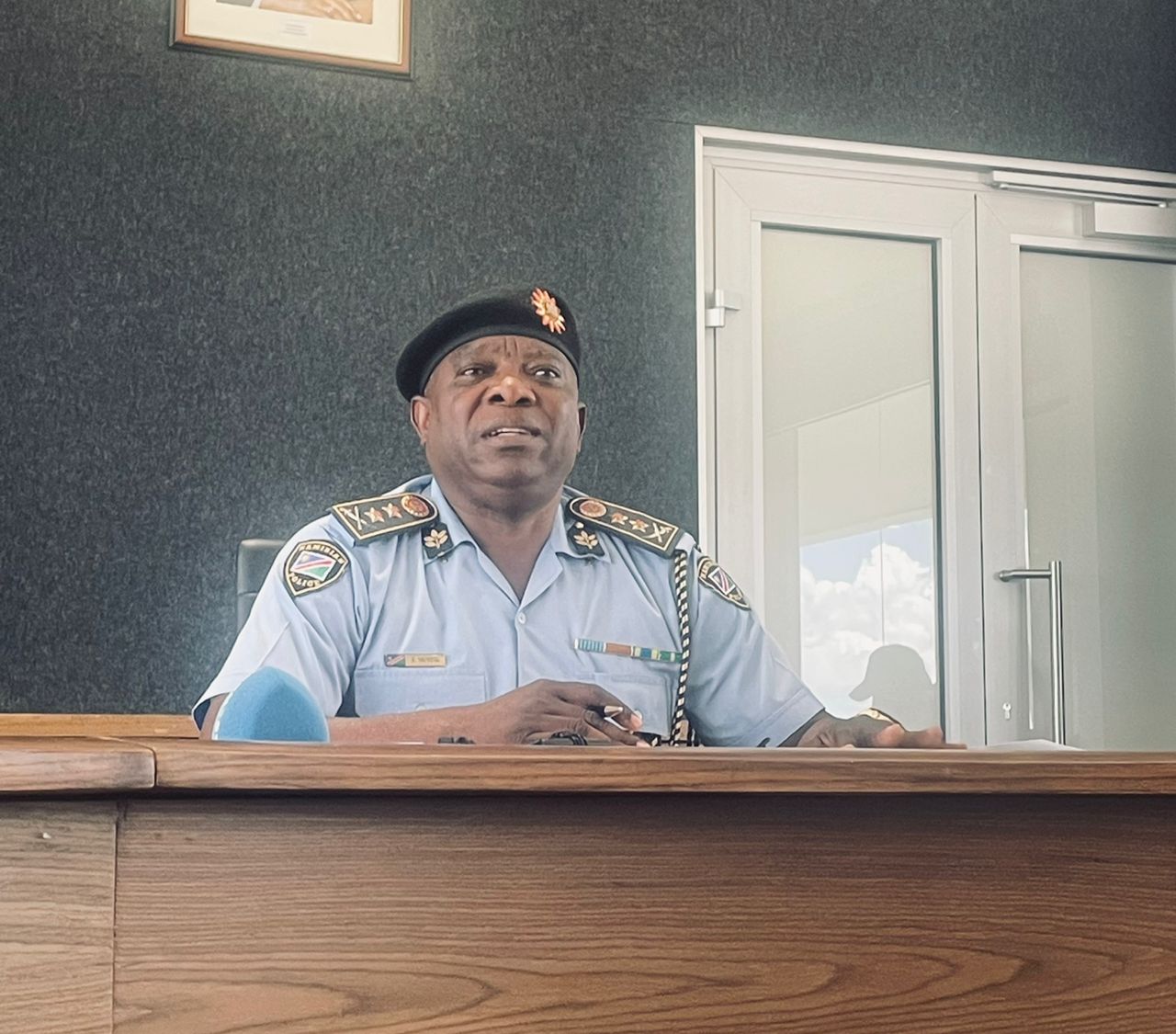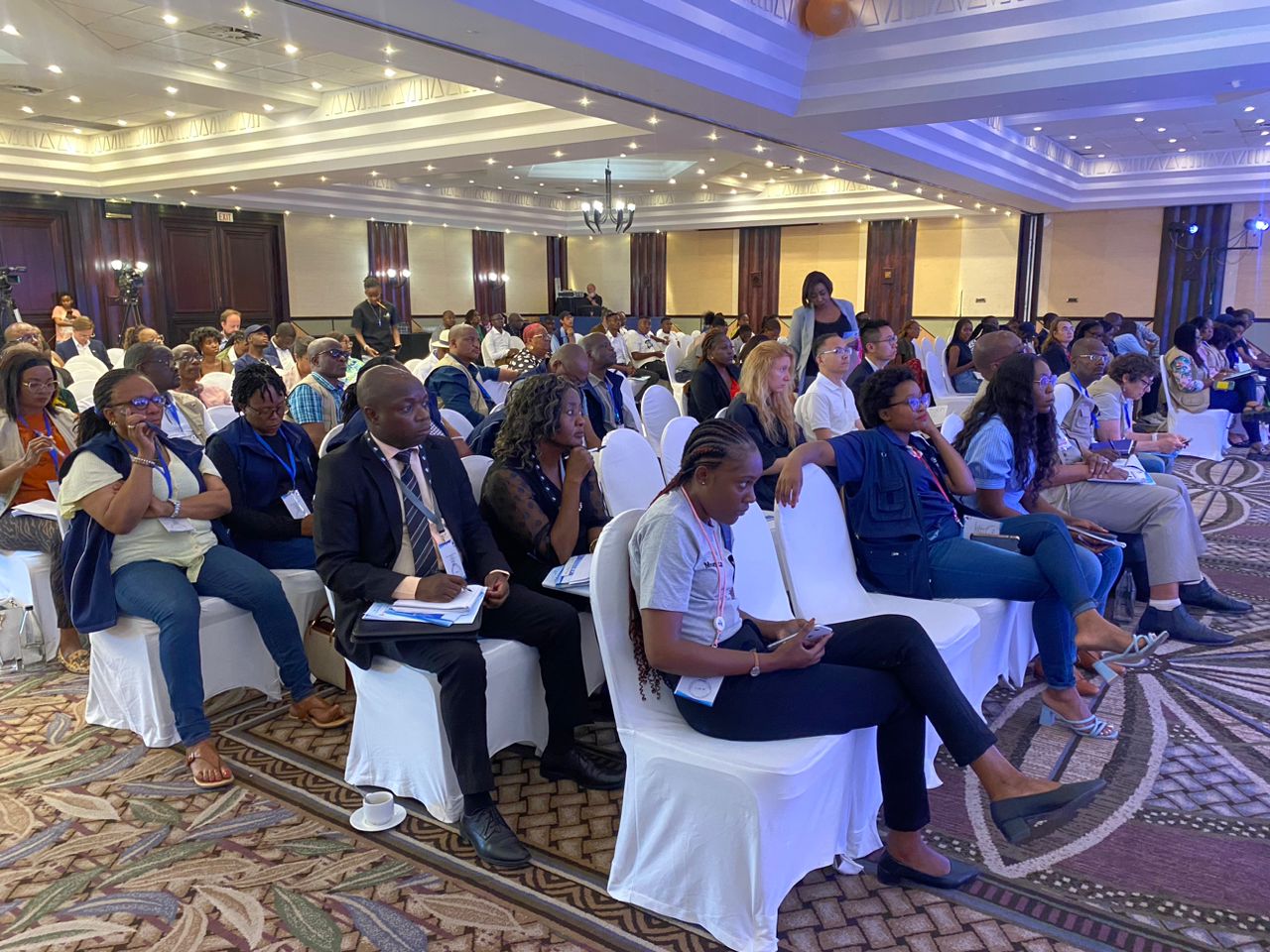If elephants could talk, Jimbo would likely quote ‘Hakuna Matata’ as he frequently roams freely through Gondwana Collection Namibia’s Palmwag Lodge and Camp in the Kunene region.
Standing at an impressive three metres tall and weighing around 6 000 kilogrammes, Jimbo is estimated to be between 15 and 20 years old.
Identified by his shorter right tusk and earmarks, Jimbo has been around the lodge and an inhabitant of the concession area since 2009. He has become a beloved resident of the lodge, embodying the carefree spirit of the wild and captivating visitors with his larger-than-life personality.
THE CONCESSION
The Palmwag Concession spans over 5 500 square kilometres and serves as a sanctuary for a diverse range of wildlife. One of the largest concession areas in the world, it consists of the Torra, Anabeb and Sesfontein conservancies.
Apart from the elephants, it is home to black rhinos, lions, giraffes, prolific bird life, various antelope species and a range of plant species.
The concession is co-managed by Gondwana Collection Namibia through a partnership between the Namibian government, local communities and conservation organisations like Save the Rhino Trust Namibia and Namibian Desert Elephant Conservation. This collaborative approach ensures the protection of wildlife while promoting sustainable tourism.
CONSERVATION EFFORTS AND CHALLENGES
Palmwag Concession and its inhabitants face numerous challenges. Human-wildlife conflict, particularly with farmers, poses a significant threat. Conservationists work tirelessly to mitigate these conflicts through community education and sustainable land-use practices. Anti-poaching units, often comprising local community members, play a crucial role in protecting elephants like Jimbo from illegal hunting.
Rodney Hoeb, a tour guide in the region, emphasises the importance of community involvement.
“Conservation is not just about protecting animals, it’s about creating a sustainable coexistence between people and wildlife. The future of elephants like Jimbo depends on the commitment of local communities to preserve their natural heritage,” says Hoeb.
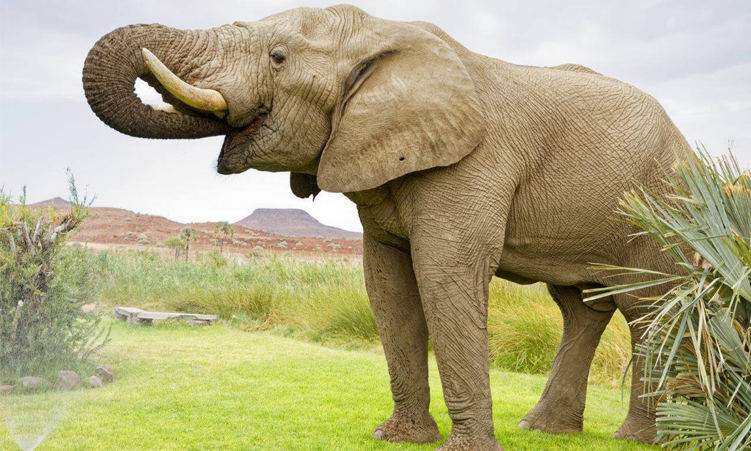
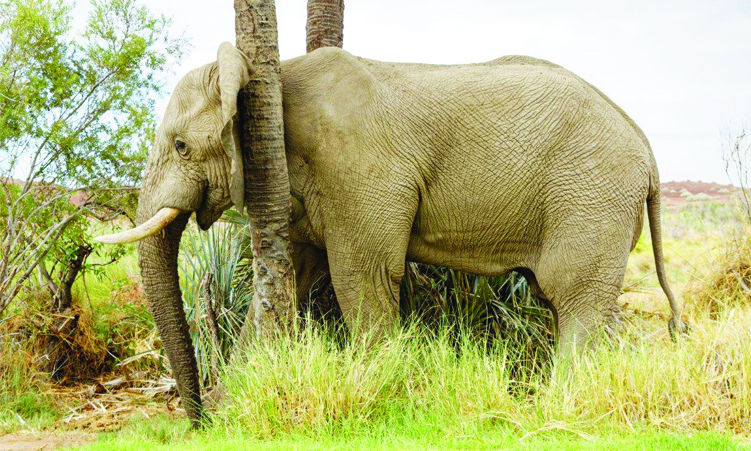
MORE ABOUT THE ‘GENTLE GIANTS’
Known to be the largest land animals on earth, there are three species of elephant: the African bush/savannah elephant (Loxodonta africana), the African forest elephant (Loxodonta cyclotis), and the Asian elephant (Elephas maximus).
African bush elephant, like Jimbo are the largest of the three, found primarily in sub-Saharan Africa. The African bush elephant can weigh up to 5 443 kilogrammes and stand up to four metres at the shoulder. Their large ears help regulate body temperature, and their long trunks are used for feeding, drinking and social interactions.
African forest elephants are smaller, with straighter tusks and darker, more rounded ears. Asian elephants are smaller still, with smaller ears and a more curved spine.
CURRENT STATUS AND DISTRIBUTION
According to the World Wildlife Fund, elephant populations have dramatically declined due to habitat loss, human-wildlife conflict and poaching.
In 1930, as many as 10 million wild elephants roamed Africa. However, by 2016, experts estimated a drop in those numbers by 111 000 within a decade. Today, there are just 415 000 elephants across Africa, with Botswana being home to the world’s largest elephant population.
The Great Elephant Census, led by Mike Chase, the founder and director of Elephants Without Borders, as the principal investigator, was the largest pan-African aerial survey of savanna elephants ever conducted. The survey involved a team of 90 scientists, 286 crew members, and collaborations with six non-governmental organisations over a two-year period from 2014 to 2015.
During this time, the team flew a total distance of 294 517km across 18 African countries. This represents 24% of the total ecosystem area of 893 961 km2 where savanna elephants are found, and covers at least 93% of the known range of the African savanna elephant population.
Stay informed with The Namibian – your source for credible journalism. Get in-depth reporting and opinions for
only N$85 a month. Invest in journalism, invest in democracy –
Subscribe Now!


